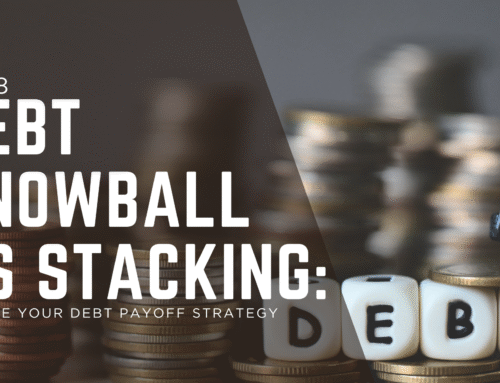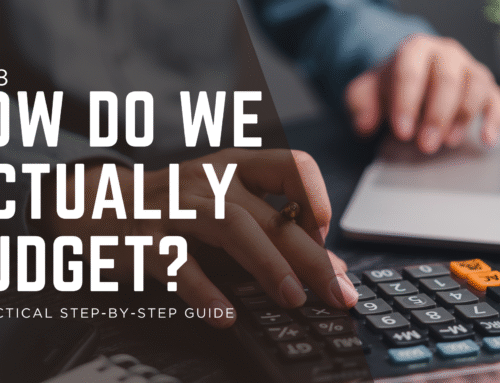
🏠 This Week: Homeownership Fundamentals
Continuing our financial rules series, we explore one of life’s biggest purchases – buying a home. Learn the 20% rule and how to calculate what you can truly afford.
The 20 Percent Down Payment Rule
According to this rule, you should put at least 20% down when buying a home.
📊 Example: $300,000 Home
20% Down Payment: $60,000
Loan Amount: $240,000
Estimated Monthly Payment: ~$1,150*
*Based on 30-year fixed mortgage at 6% interest, excluding taxes and insurance
Why the 20% Rule Works:
It ensures you don’t spend more on a home than you can afford, it can lower your monthly mortgage cost, and it can increase your chances of being approved for a loan.
💰 Benefits of 20% Down
- Avoid PMI: No Private Mortgage Insurance (saves 0.5-1% annually)
- Lower Payments: Smaller loan amount means lower monthly payments
- Better Rates: Often qualify for better interest rates
- Equity Buffer: Immediate equity protects against market downturns
When the 20% Rule Doesn’t Work:
While this is pretty traditional advice that’s a safe bet, opinions vary. Some consider it an overwhelming amount to save. Some argue that, while a home is an asset, you shouldn’t give up your liquidity, or savings entirely for a down payment.
How Much Home Can You Really Afford?
Don’t buy a house that costs more than three years’ worth of your gross annual income. Some variations say no more than two years; others say two and a half.
📝 Factors to Calculate Your Affordable Home Price
If you have high interest loans, you should pay them down before looking to buy a home.
Hidden Costs: Watch Out for Closing Costs
⚠️ The Overlooked Expenses
But there’s a long list of expenses, including closing costs to consider. And it all varies… so watch out for these closing costs when buying a home:
🏦 Interest
Prepaid interest at closing
🛡️ Insurance
Homeowners & title insurance
📋 Lender Fees
- Application Fees
- Processing Fee
- Credit Report Fee
- Appraisal Fee
📄 Title Fees
Title search & insurance
⚖️ Attorney Fees
Legal documentation
📊 Additional Costs
Inspections, surveys, recording fees
🔍 Watch for Hidden Fees
Yes, it’s overwhelming and confusing! As one institution might advertise that it doesn’t charge an ‘application’ fee up front, for example. But it makes that up by charging a ‘commitment’ fee or ‘doc prep’ fee at closing.
Always ask for a complete breakdown of all closing costs upfront.
💡 Closing Cost Estimation
Typically, closing costs range from 2% to 5% of the home’s purchase price. On a $300,000 home, expect $6,000 to $15,000 in additional closing costs.
📈 Coming Next Week: Net Worth vs Income
Stay tuned as we explore why net worth is more important than income for long-term financial health and how to build wealth that lasts generations.
“A wealthy person is simply someone who has learned how to make money when they’re not working.” – Robert Kiyosaki
📚 Related Financial Content
If you’re working on your savings plan, check out our previous posts on Financial Rules of Thumb and Vehicle Purchase Considerations.







